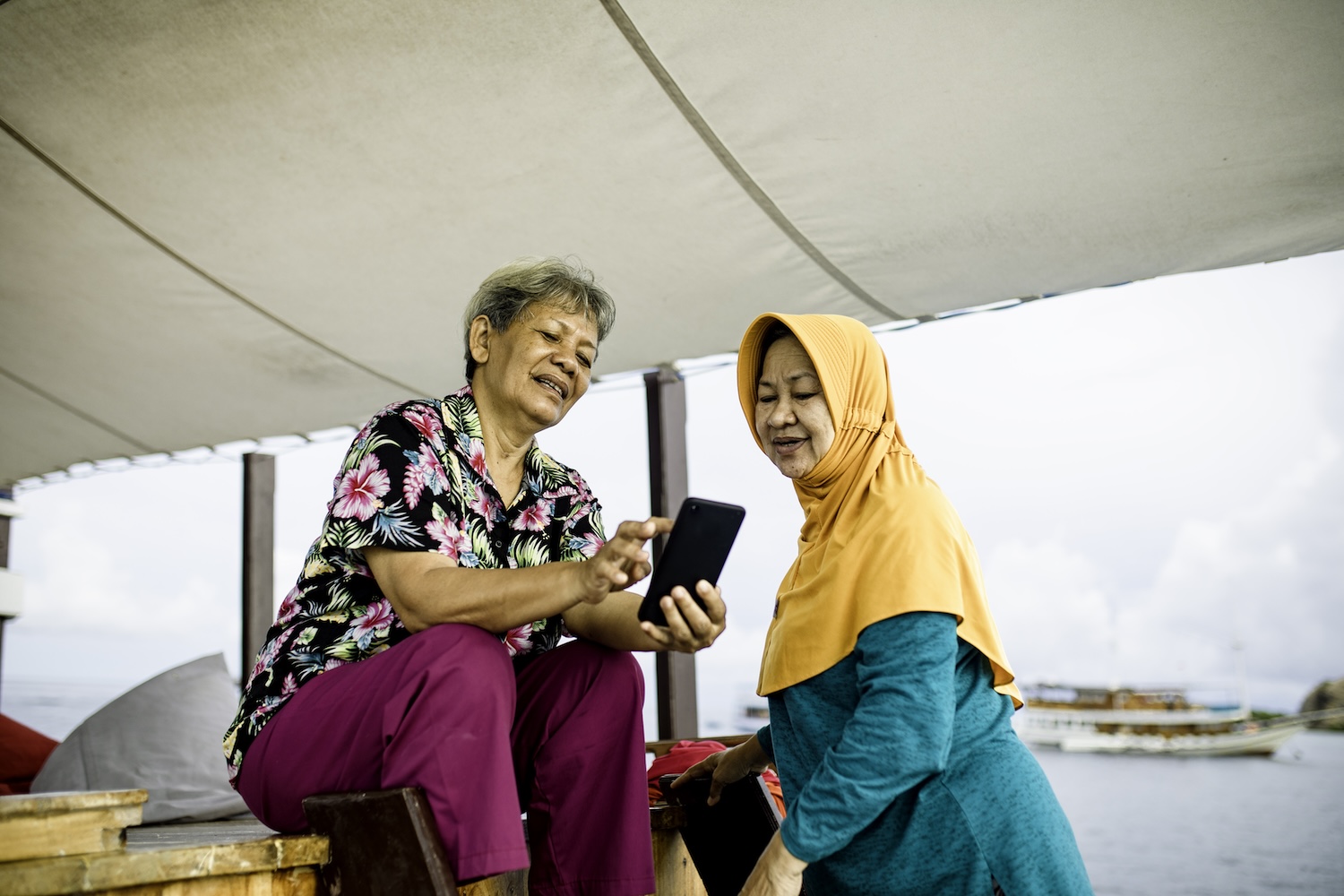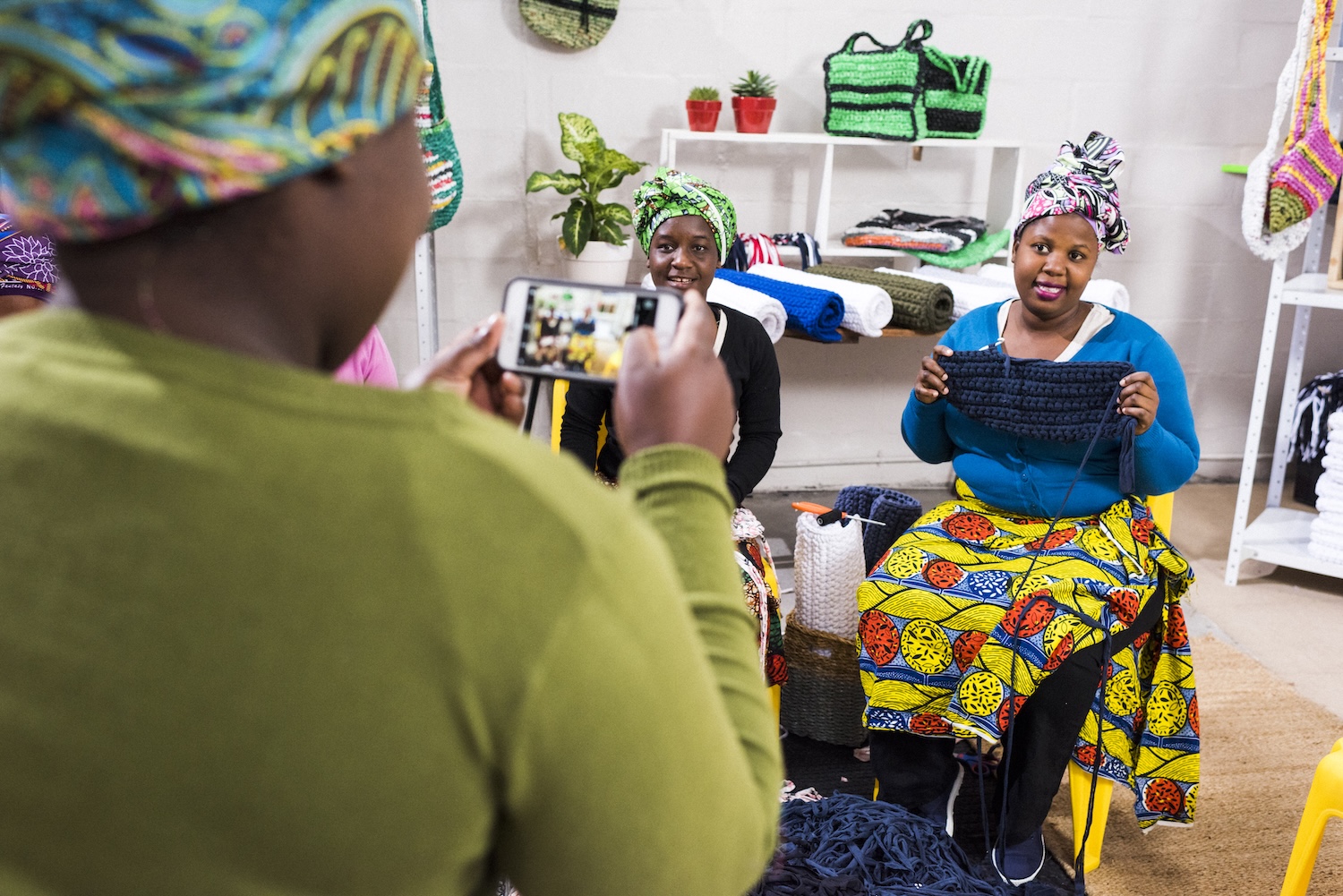Connecting the dots between the cybersecurity challenges of today and the topics that matter to you.
Join us for the 9th annual Aspen Cyber Summit in Washington, DC, on September 18!
Connecting the dots between the cybersecurity challenges of today and the topics that matter to you.
Join us for the 9th annual Aspen Cyber Summit in Washington, DC, on September 18!

When designing effective programming, all too often, the focus is exclusively on the learners. But the reality is that your faculty are also participants who deserve to have a positive experience. Below are some strategies we implemented to ensure that we engaged our faculty in a thoughtful and intentional manner.
A major priority for our programming was to ensure that our faculty was as diverse as our participants. Nearly 50% of our instructors hailed from the Global South, and over 60% identified as women of color. When it came to our Mentors, 70% identified as people of color. Our faculty represented over 10 countries, and came from an incredible array of sectors and identities, allowing them to draw on their diverse experiences to provide an extremely rich learning experience for participants.
While many programs think about the importance of participant onboarding, faculty onboarding often falls by the wayside. In our case, we knew it was as critical to thoughtfully onboard the faculty as it was to onboard participants. All faculty members participated in onboarding calls with me, where we discussed the program goals, their roles, and any other questions they had.
As part of the onboarding process, we shared resources and materials to set faculty up for success. Faculty received their own guides and expectation guidelines, as well as materials from the participant organizations so that they could cater their sessions to the specific needs and interests of the nonprofits going through the Accelerator.
Where possible, we tried to create opportunities to build relationships and engagement. We had instructors lead discussion groups with participants to encourage conversation and longer-term connection. We also held monthly Mentor meetings and provided Slack channels. Many of these relationships proved incredibly important. In fact, we had one Mentor teach a session on impact evaluation to another Mentor’s organization!
A critical component of ensuring equity and valuing people’s labor was to pay them for their time. All faculty who participated in the Accelerator did so as paid contractors, not as volunteers. This was non-negotiable for us, as we wanted faculty to know that we saw and respected the value they brought to the programming.
While we hired faculty specifically to share their expertise, we also wanted to emphasize that each participant brings a wealth of knowledge to this initiative. We invited both the faculty and participating nonprofits to share their experiences, and recognize that they are experts on their own experiences and realities.
In one case, a participant taught one of the Instructors their organization’s best practices for engaging youth. In another case, a Mentor shared that they learned from their mentee the immense impacts of digital inequities, especially for incarcerated women. All of these examples show how critical it is to remind faculty and participants that we can all learn from each other, regardless of degrees or years of experience.
Not only did the Faculty fill out our feedback forms to tell us about their experience, they also received feedback from participants and our team. Where needed, we worked with faculty to make adjustments to their engagement based on the responses from our learners. More often than not, though, our focus was on celebrating the amazing feedback our faculty was receiving. We very intentionally shared positive feedback in group Slack channels so that we could celebrate each others’ successes!
While the strategies we implemented were critical to our success, there is always room to continue to grow and evolve. Through the rearview mirror, I now can reflect on some ways in which we could’ve made the program even more effective.
Don’t do multiple tracks or have different requirements for different modules.
We allowed for more Technical Experts in the first module than the others because there was more content. But it created confusion for future modules. Consistency and predictability is key!
Identify faster ways to distribute info and track learner progress.
Participant engagement tracking was automated, but updating primary reps on their org’s overall progress was manual. It was tedious and took lots of time, so ideally there would be a system to send updates automatically.
Communicate more, earlier.
We shared the programming calendar at the Accelerator kickoff as part of the onboarding process. Sharing key dates during the application period would provide more transparency and clarity to those interested in applying.

The evolution of the Digital Equity Accelerator. How we refined and improved our programming – and you can too!

How to design programming that empowers participants to learn and succeed, and allows them to show up as their whole human selves, with all of their unique experiences, perspectives, and questions.

Even the most thoughtful, provocative, responsive plan might as well not exist if you don’t clearly communicate and set expectations for it.